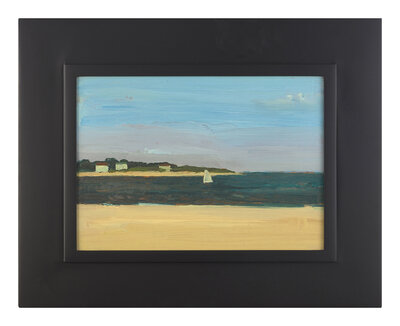Condition Report
Contact Information
Auction Specialist
Lot 3
Albert York
(American, 1928-2009)
Untitled, 1982
Sale 2104 - Post War and Contemporary Art
Nov 14, 2024
10:00AM ET
Live / New York
Own a similar item?
Estimate
$60,000 -
80,000
Price Realized
$76,200
Sold prices are inclusive of Buyer’s Premium
Lot Description
Albert York
7 7/8 x 10 7/8 inches.
(American, 1928-2009)
Untitled, 1982
oil on panel
7 7/8 x 10 7/8 inches.





